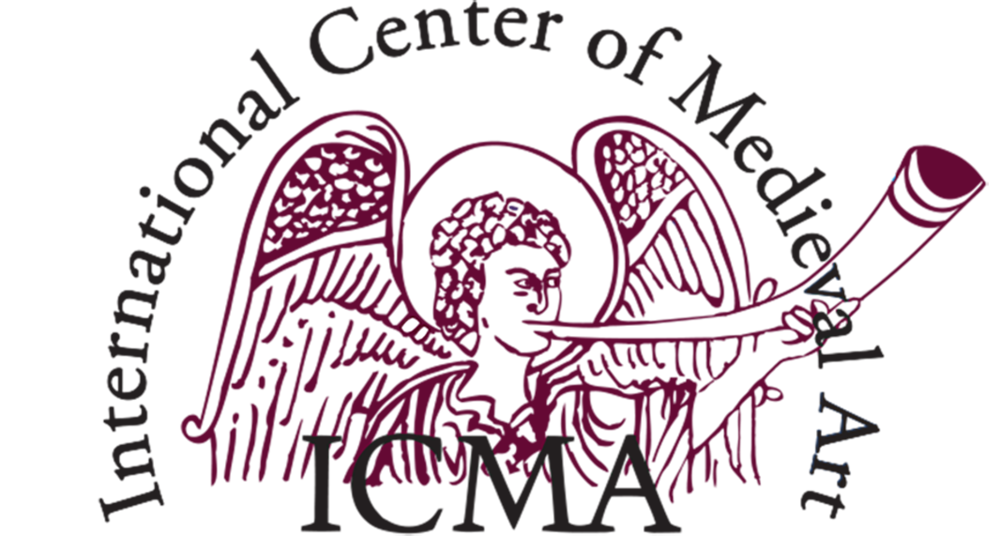Call for Papers for ICMA Student Committee Session
International Medieval Congress (IMC 2022) 4-7 July 2022, University of Leeds
due 26 September 2021
Abraham Cresque, Catalan Atlas, Marco Polo on his way across Asia (1375, Southern Spain), Paris, Bibliothèque nationale de France, plate 5
Crossing Borders and More
Borders in the medieval world could encompass a range of delimitations. Geographical borders on maps proclaim demarcations between states or continents, while social borders distinguish different communities of people often through dress or customs. Ideological borders, such as those between religious belief and taboos, instruct individuals to recognize what is morally accepted by divine and clerical authorities and what is not.
Crossing borders in the Middle Ages was not only a potentially physical experience, as one’s bodily displacement from one region to the other, but also possibly a transformative one on internal and communal levels. Pilgrimages to Santiago de Compostela (Spain) or Sanchi (India) or the Mogao Grottoes (China), processions held for important religious feast days including those of the Virgin Mary and saints or the retinues of shahs and emperors, as well as the voyages of Marco Polo, Zheng He, Crusaders, merchants, and many others were eminent instances of border-crossing events. These movements were not only recorded in the written record of the time but are also testified by the material objects and monumental structures that were brought, exchanged, and constructed to mark these occurrences. The Sogdian tombs in China provide one prime example of a space whose contents reveal transcultural identities, through the presence of Zoroastrian icons and images. Similarly, the sumptuous Gothic rood screens in Naumburg Cathedral and the inscriptions around the Dome of the Rock remind medieval peoples what the experience of crossing the border could be—from this world into a realm of God. Gates and portals invite pious devotees to cross and enter but also keep out the uninitiated. We aim to organize a session around the visual or material culture produced for or involved in the particular experience of crossing thresholds around the medieval world. How did images, objects, and monumental structures contribute to the experience of crossing the border? How did this particular movement speak to broader concepts of faith, identity, and morality? What do objects exchanged from different geographical zones in history reveal about pre-modern globalization?
We invite papers on a range of topics, which may include but are not limited to:
- The visual design of different thresholds with spiritual implications of passage;
- Façades and their portals and doorways, or gateways and other liminal sites intended as transition or initiation spaces;
- Sacred spaces and their representations
Please submit a 250-word proposal for a 15–20-minute paper. Proposals should have an abstract format and be accompanied by a one-page CV, including e-mail and current affiliation. Please notice that this session is primarily intended for graduate students and first-time presenter. Please submit all relevant documents, as PDF or Word.doc, by 26 September 2021, to the following:
Francesco Capitummino, University of Cambridge; fc484@cam.ac.uk
Nieve Cassidy, University College of London; nieveanne@outlook.com
Ziqiao Wang, Courtauld Institute of Art; C2027496@courtauld.ac.uk

